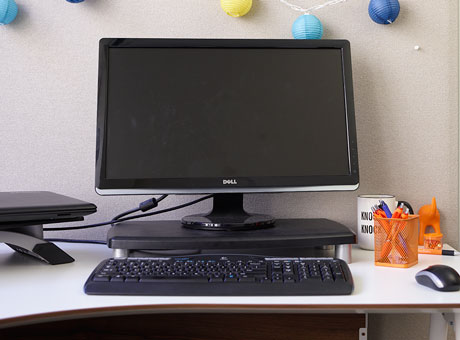Learn how to calculate depreciable assets and what straight-line depreciation is and the steps involved in calculating it, and review an example calculation.
Everything you buy for your business has a cost attached to it, and you can deduct those costs from your taxes. Large items, such as vehicles, buildings, and equipment, are expected to last for years, so when you deduct the purchase cost from your income taxes, you do it over the course of several years. This is the idea of depreciation.



